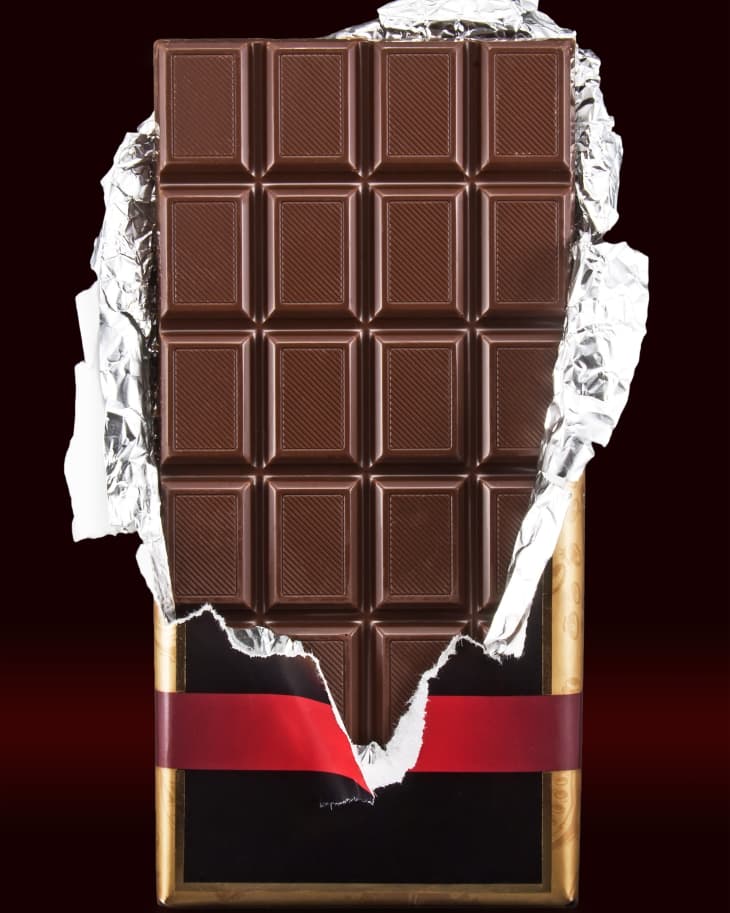Why Does Chocolate Turn White? It’s Because of Chocolate Bloom.
Ever pull out your once-pristine box of baking chocolate and notice that the chocolate has turned gray or white? You might think it’s happened because your chocolate is old, but that’s not necessarily true — and it doesn’t mean that you should pitch that chocolate. Before you toss it out, stop and read this!
The culprit is something called chocolate bloom, which comes in two forms. It causes your previously pure and shiny chocolate to develop a grainy, splotchy appearance and a less-than-smooth texture.
What Is Chocolate Bloom?
The first type of chocolate bloom, fat bloom, is caused by liquid fat (like cocoa butter) migrating through the actual chocolate and crystallizing on its surface. The cocoa butter is literally separating from the candy and depositing itself on the outside of the chocolate.
Fat bloom can happen when there’s a quick temperature change, or if you’re keeping your chocolate in a warm space. It’s also worth noting that chocolate with fillings, like caramel or nougat, often fall victim to fat bloom more quickly.
The other type is sugar bloom, which can happen if your chocolate is stored in a damp area. Moisture collects on the surface of the candy, drawing out the sugar; once the moisture evaporates, it leaves gray or white sugar crystals behind.
How to Prevent Chocolate Bloom
To prevent your chocolate from blooming, keep the candy in an airtight container at about 70°F. The refrigerator is actually too humid for chocolate, so keep it in a cool part of your kitchen, like a dim pantry or on a low shelf.
If you allow your candy to sit through various temperature changes and an uncomfortable climate, it’s not going to look as good as new anymore.
Can You Rescue “Bloomed” Chocolate?
If you’re a chocolate bar purist, you can reverse “bloomed” chocolate by melting it down and then molding it again — this brings the fat back into the actual candy.
You can also still eat it as is, even though it might not look as appetizing as it did when you first bought it. The texture might be a bit grainier, but the taste will be unaffected. Eat it as is, melt it up into hot cocoa, or chop it up for cookies — it will be totally fine.
Do you have any tips or suggestions for storing chocolate safely to keep it glossy and pristine?
